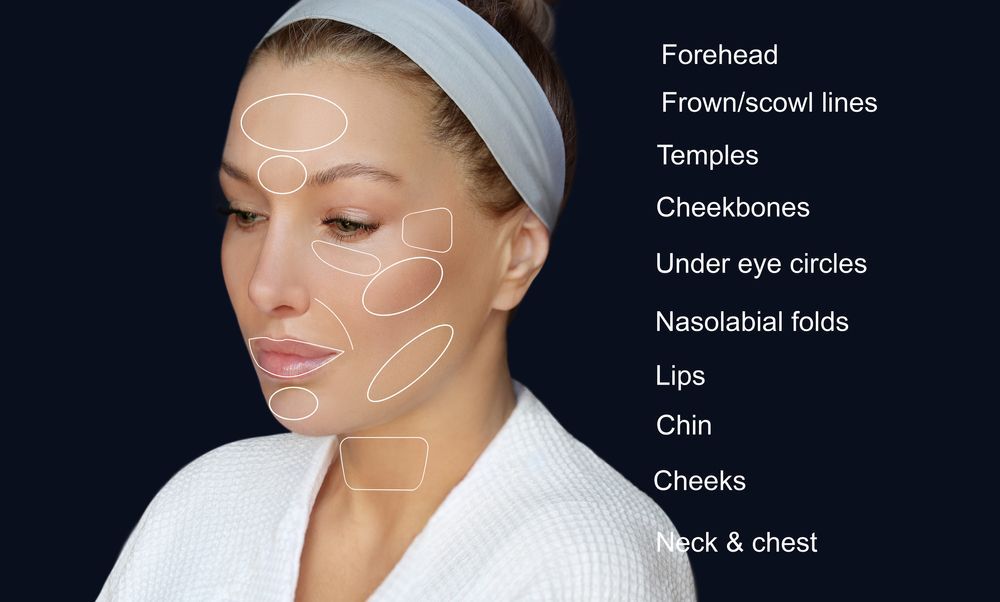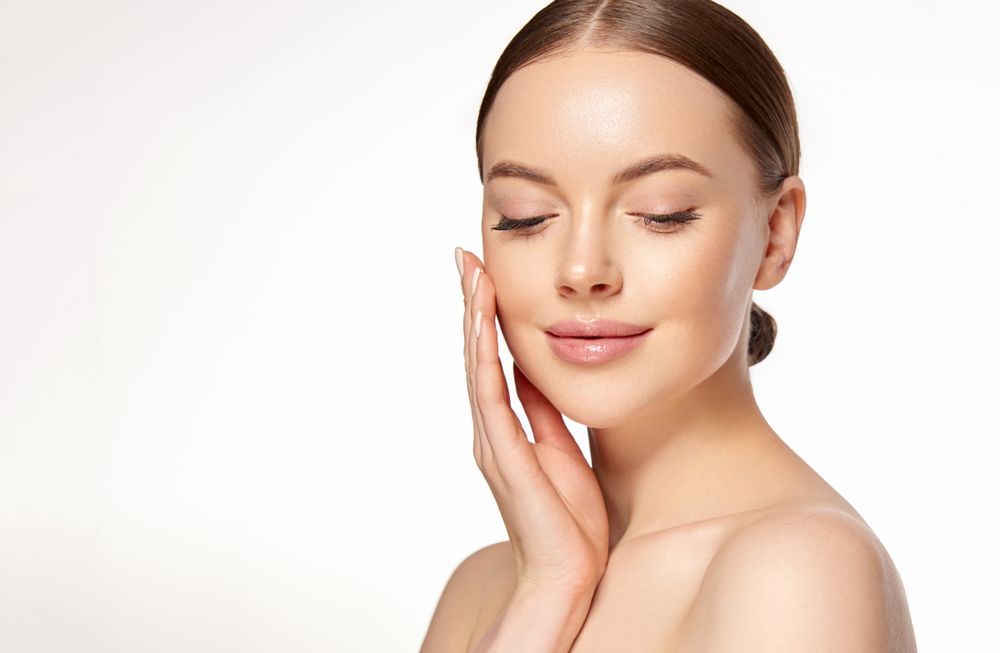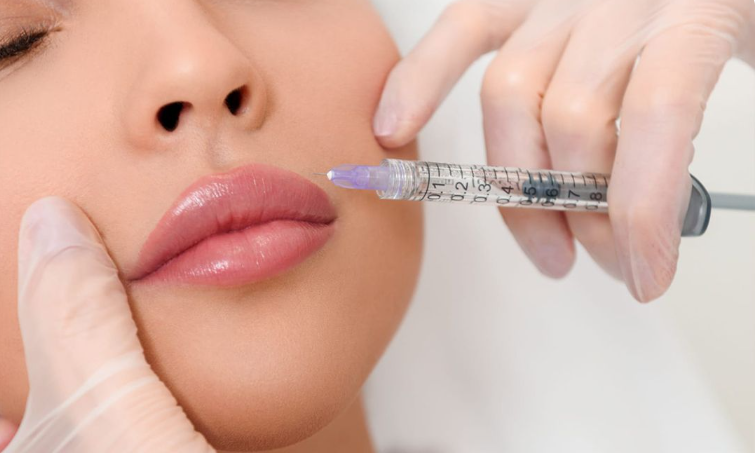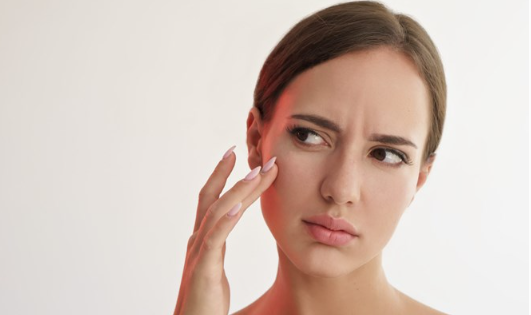Transform Your Look: How Fillers Can Revitalize Your Appearance Safely
In a world where trends change at the click of a button, the notion of aging gracefully has taken on a more personal and flexible definition.
As we seek to maintain a youthful appearance, guided by our standards of beauty, dermal fillers have stepped into the limelight as one of the safest and most versatile tools in the cosmetic enhancement arsenal.
Understanding the power and potential of fillers to revitalize your look is not only about altering your aesthetic but empowering you to feel the absolute best in your skin.
This comprehensive guide explores the role of dermal fillers in transforming one's appearance while prioritizing safety and informed decisions, catering to beauty enthusiasts, seekers of cosmetic treatments, and skincare aficionados.

Understanding Dermal Fillers
Before you leap into the world of injectables, it's crucial to have a solid grasp of what fillers are and how they function.
Dermal fillers, sometimes called soft tissue fillers, are substances that can be injected into the skin to fill lines, wrinkles, and hollows, as well as add volume and definition to lips, cheeks, and the jawline. These formulations typically consist of hyaluronic acid, a naturally occurring substance in the body that retains water and adds smoothness and elasticity to the skin.
Alternatively, there are fillers with synthetic or biocompatible materials, such as calcium hydroxylapatite and poly-L-lactic acid, which stimulate collagen production. Each type has its unique properties and recommended applications, ranging from superficial to deep concerns.
Types of Fillers and Their Cosmetic Uses
Hyaluronic Acid Fillers
The most popular and versatile fillers, hyaluronic acid (HA) fillers, are used for:
- Softening nasolabial folds and marionette lines
- Augmenting lips and restoring lip fullness
- Contouring the chin and cheeks
The effects are typically immediate and can last from six to 18 months, depending on the type and area treated.
Calcium Hydroxylapatite Fillers
These fillers are thicker, making them suitable for:
- Moderate-to-severe facial wrinkles and folds
- Volume loss in the cheeks
They can provide long-lasting results for up to a year or more, thanks to their collagen-stimulating properties.
Poly-L-Lactic Acid Fillers
Poly-L-Lactic Acid (PLLA) fillers are not instantaneous; they work by helping the body gradually stimulate collagen over time, making them ideal for:
- Treating deep facial wrinkles and folds
- Restoring fullness to the cheeks
The results emerge subtly but effectively, and they can last up to two years following a series of treatments.

The Benefits of Dermal Fillers
The real beauty of dermal fillers lies in their ability to deliver natural-looking results that can bring a host of benefits beyond just aesthetic improvement.
Rejuvenating Effects on the Skin
By adding volume and hydration, fillers can:
- Smooth out fine lines
- Plump up the skin
- Improve skin texture
The renewed fullness can offer a radiant and fresher look that can make one appear more rested and youthful.
Enhancing Facial Features and Symmetry
Fillers are not just about anti-aging; they are also about enhancing the features you already love. By strategically placing fillers, practitioners can:
- Sculpt a more defined jawline
- Add symmetry to the face
- Create or restore contours that lend to a more aesthetically pleasing profile
These enhancements go beyond mere vanity; they can significantly influence how you're perceived and can bolster self-assurance.
Boosting Confidence and Self-Esteem
One of the most intangible yet valuable benefits of fillers is the confidence they can instill. Whether you opt for subtle changes or more noticeable enhancements, the feeling of empowerment and increased self-esteem can be life-changing.

Safety Measures and Considerations
While the potential aesthetic rewards are substantial, the priority should always be on the safety and comfort of the patient.
Importance of Choosing a Qualified Practitioner
Selecting a skilled and experienced practitioner is paramount. This medical professional should be licensed, trained specifically in injectable treatments, and have a good understanding of facial anatomy. Researching and consulting with different providers is a crucial step in ensuring you are in safe hands.
Potential Side Effects and How to Minimize Risks
As with any medical procedure, there are potential side effects, which may include bruising, swelling, asymmetry, and in rare cases, more severe complications due to improper injection. However, most of these are preventable or manageable by following proper pre- and post-injection protocols.
Pre-injection protocols involve:
- Avoiding blood-thinning medications and supplements
- Not consuming alcohol the day before treatment
- Using arnica or other natural remedies to reduce bruising
Post-injection care includes:
- Applying ice to reduce swelling
- Staying upright for the first few hours and avoiding strenuous exercise
- Following any specific instructions provided by your practitioner
Post-Treatment Care Tips for Optimal Results
Maximizing the benefits of your filler treatment involves understanding and implementing post-treatment care tips. These may vary depending on the type of filler and the area treated. However, general guidelines include:
- Avoiding direct sun exposure
- Staying well-hydrated
- Not massaging the treated areas excessively
- Maintaining a gentle skincare routine
Conclusion
The decision to undergo cosmetic enhancements, such as fillers, is a personal one. It's all about harmonizing your outer appearance with your inner beauty and self-worth. When exploring dermal fillers for a transformative change, remember that success lies not only in the outcomes but also in the careful, deliberate approach you choose.
By making informed choices and partnering with the right experts, you can safely unlock the benefits of fillers, from a rejuvenated look to boosted confidence. Your appearance goes beyond surface level; it mirrors who you are and who you aim to become. Ready for a transformation? Contact Bel Viso Medical Spa today!
Our Recent News & Articles





